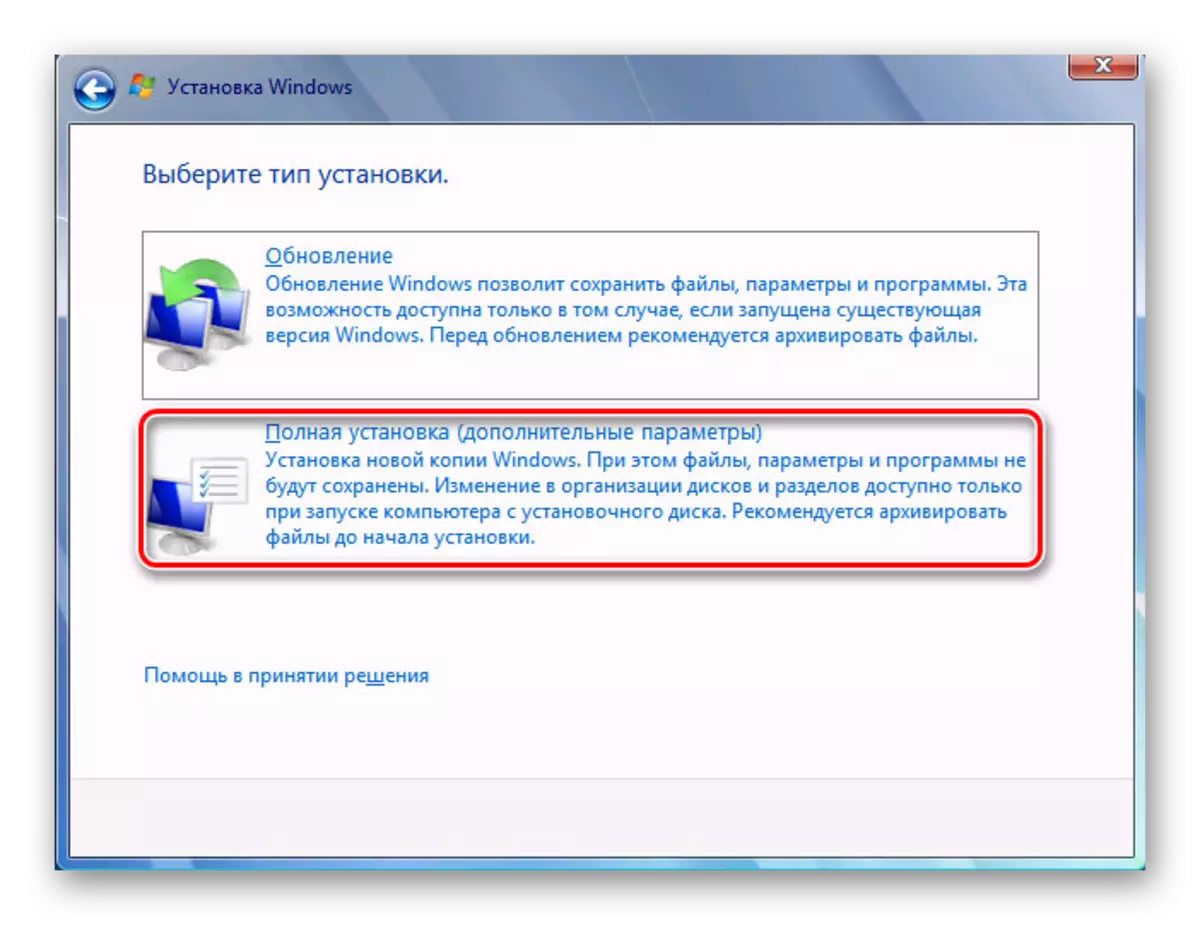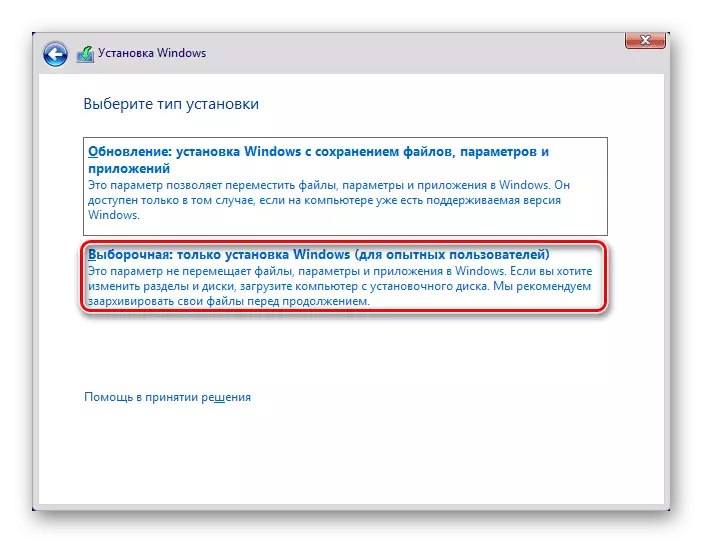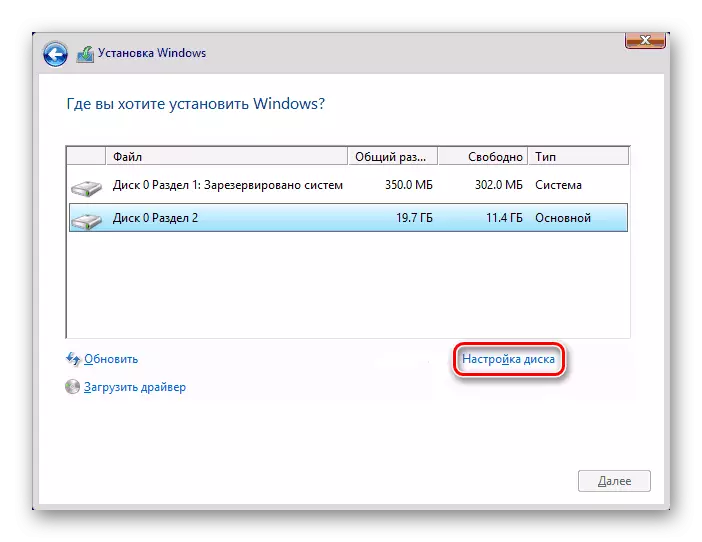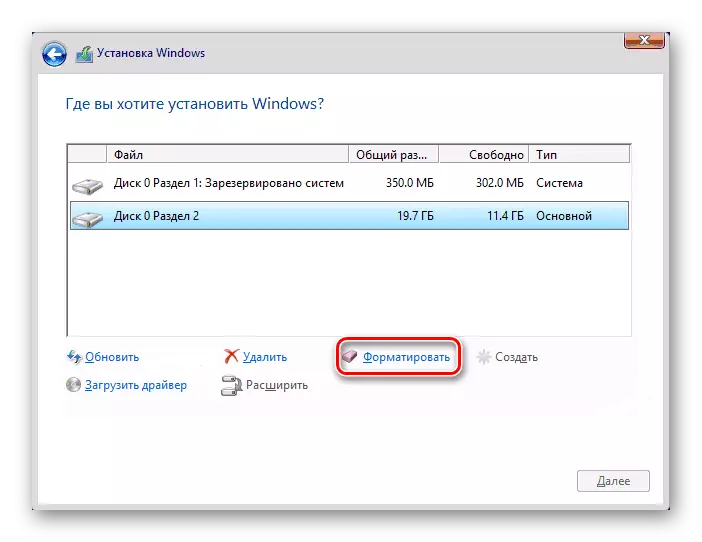
Under formatting is meant the process of applying special labels to the drive. It can also be used for new drives, and for used. Format a new HDD is necessary to create a markup, without which it will not be perceived by the operating system. If there is any information on the hard drive, it is erased. For these reasons, formatting can be relevant in different cases: when connecting a new HDD to a computer, to complete the disk cleaning, when reinstalling the OS. How to do it right and what are the ways? This will be discussed in this article.
Why do you need to format
Format HDD is required for several reasons:- Creating basic markup for further work with the hard drive. It is performed after the first connection of the new HDD to the PC, otherwise it will simply be seen among the local disks.
- Cleaning from all saved files. Over the years of the computer or laptop on the hard drive, a huge amount of unnecessary data accumulates. These are not only custom, but also system files that are no longer needed, but not deleted independently.
As a result, a storage overflow may occur, unstable and slow work. The easiest option of getting rid of garbage is to save the desired files to the cloud storage or flash drive and format the hard drive. This in some kind is the radical method of optimizing the HDD.
- Full reinstalling the operating system. For a better and clean installation of the OS, it is more correct to use a clean drive.
- Error correction. Fine viruses and malicious software, damaged blocks and sectors and other hardware problems are often corrected by the creation of a new markup.
Types and types of formatting
This procedure is divided into 2 types:
- Low-level. The term "low-level formatting" initially indicated a few other process, and was adapted for users. In the usual understanding, this complete and irrevocable strength of information, as a result of which all disk space is released. If damaged sectors were found in the process, they are marked with unused so that in the future eliminate the problems with recording and reading data.
On old computers, the Low Level Format function was available directly to the BIOS. Now, in view of the more complex structure of modern HDD, this feature is not available to BIOS, and the present low-level formatting is done once - during manufacturing at the factory.
- High-level. This way is the only one affordable among users. During this process, file system and file tables are formed. After that, the HDD becomes available for data storage. High-level formatting is made after splitting into sections, data on the location of all files recorded on the hard drive is erased. After it, you can fully or partially restore the data as opposed to low-level, where the information is full of comprehension.
In addition, there are two types that are used to format internal and external HDDs:
- Fast. It takes not a lot of time, since the whole process comes down to streaming data on the location of the files. At the same time, the files themselves do not disappear anywhere and will be overwritten with new information - as a result of the operation, there is an empty place, where new files can be written, "oust" one. The structure is not optimized, and if there are problems, they are skipped and not corrected. However, this process takes, as a rule, up to 1 minute, depending on the volume, and the data can be restored using special software partially or completely.
Method 3: via BIOS and command line
To format the HDD in this way, you will need a boot flash drive from the recorded OS. All data, including Windows, will be deleted, so if you need to format the drive from the installed OS, this procedure will be impossible in the previous way.Method 4: Formatting Before installing OS
For the correct installation of the new version of the operating system, formatting is necessary. To perform it, repeat steps 1-5 from the previous method.
If you are updated with saving user data, and you do not plan to fulfill the full installation, you do not need to format it!
- In Windows 7, start the installation by selecting the Full Installation Type.

In Windows 8/10, you need to do all the same steps as in Windows 7, however, before you reach the installation disk, you will need to do a little more steps - specify the product key (or skip this step), choose Architecture x64 / x86, agree with the license terms, select the option "Selective: only installing Windows".

- In the selection selection window, select the desired HDD, focusing on its size (we look at the disk digit - 0, 1, etc., and not on its partition), and click on the "Disc Setup" button.
- Among the additional functions click on "format".
- In the pop-up confirmation window, click on "OK" and wait for the process to complete. After that, you can continue the installation of the system.


Now you know what formatting, how it happens, and how it can be done. The method depends on which drive must be formatted and what conditions are available for this. For simple and quick formatting, a fairly built-in Windows utility, which can be started through the conductor. If it is impossible to boot into Windows (for example, due to viruses), the formatting method is suitable via the BIOS and the "Command Line". And if you are going to reinstall the operating system, formatting can be conducted via Windows installer. The use of third-party utilities, for example, Acronis Disk Director makes sense only if you additionally exercise other manipulations with hard drives and this program is already installed on the PC. Otherwise, this is a taste - to use the standard tool from Windows or the program of another manufacturer.
